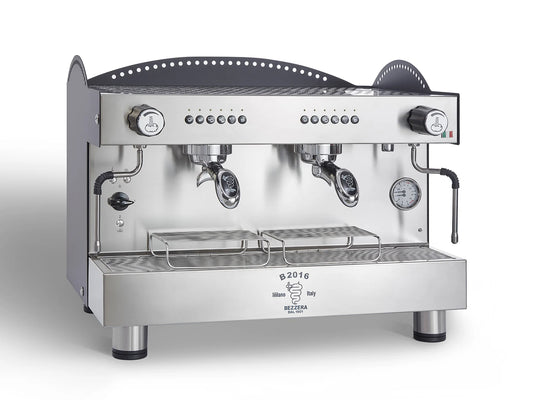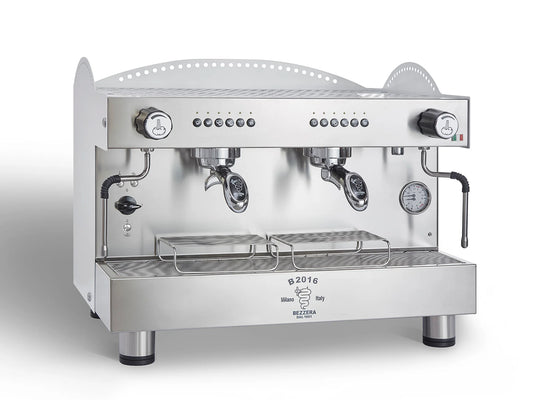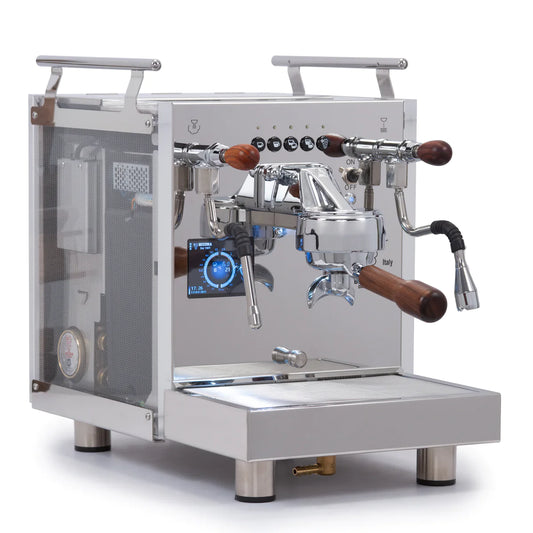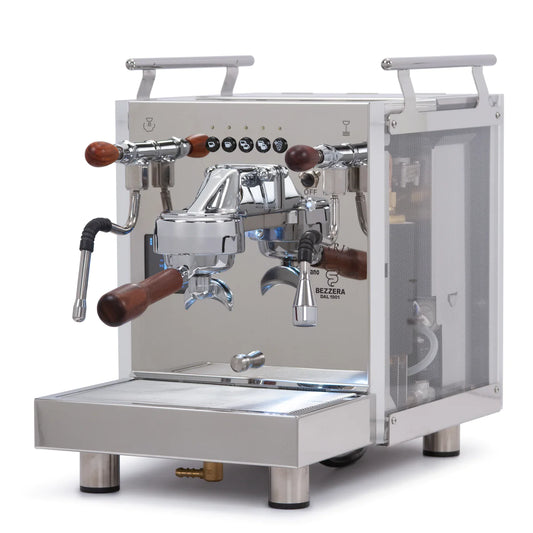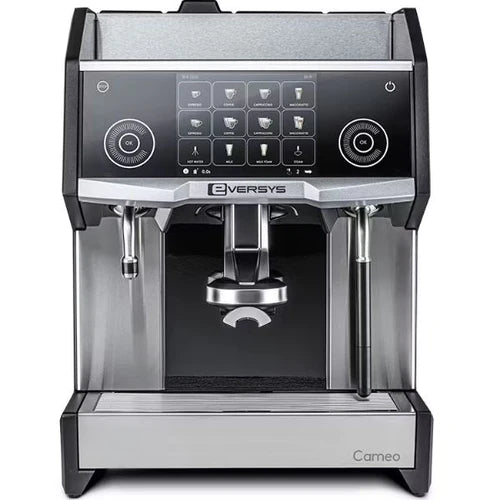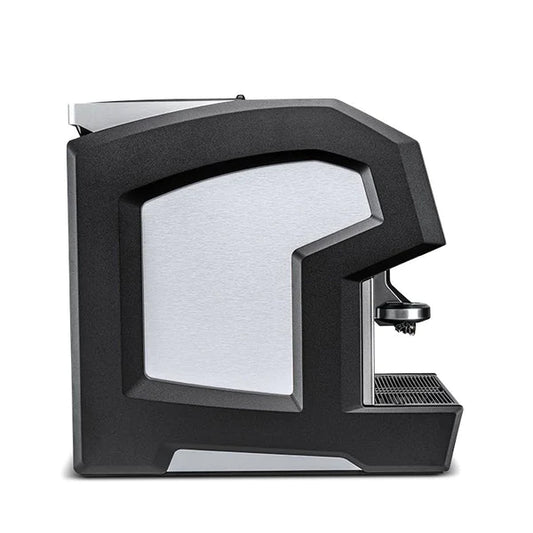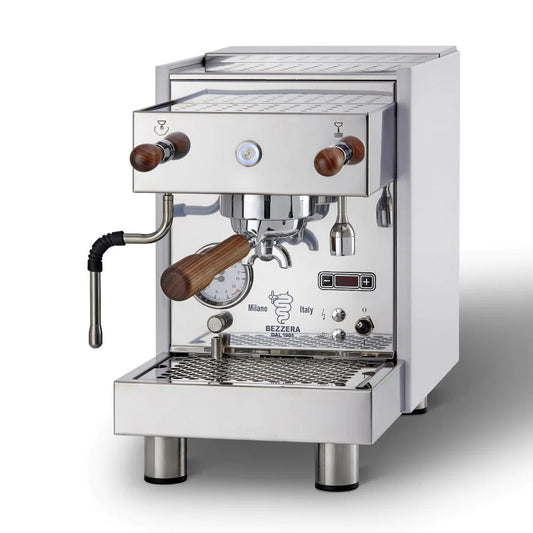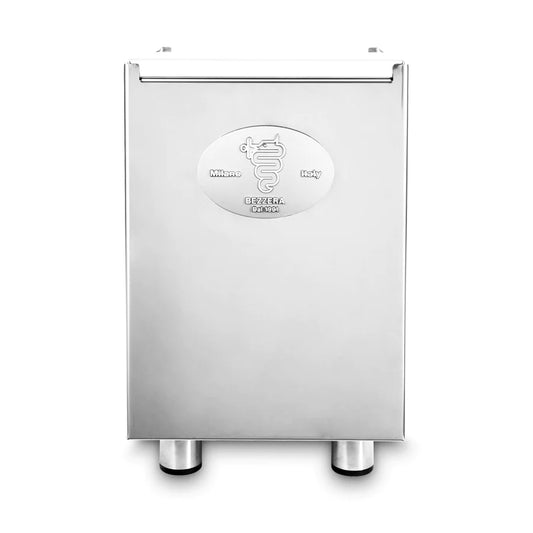Essential Tools for a Bacteria-Free Kitchen: Keeping Your Environment Clean and Safe
Table of Contents
- Key Highlights:
- Introduction
- Identifying Bacterial Hotspots in Your Kitchen
- Effective Cleaning Habits
- Water Quality and Its Importance
- Innovative Cleaning Products to Try
- Reinforcing Hygiene Practices
- The Bigger Picture: Ensuring Overall Kitchen Sanitation
Key Highlights:
- Various kitchen items, including water bottles and coffee makers, can harbor harmful bacteria and mold, necessitating regular cleaning and maintenance.
- Utilizing effective cleaning agents and specialized tools can greatly reduce bacterial growth and prolong the life of kitchen appliances.
- Simple practices, like using filtered water and specific cleaning techniques, enhance hygiene and efficiency in kitchen operations.
Introduction
Maintaining a clean kitchen extends beyond the visible dirt on countertops and floors; it delves into the more insidious build-up of bacteria and mold in our everyday cooking and beverage preparation tools. Items like water bottles, single-serve coffee makers, and sponges emerge as surprising hotspots for microbial growth. With alarming reports of various bacteria being found in commonly used kitchen appliances, the imperative to clean and disinfect these items becomes clear.
This article explores not only the hidden dangers lurking within these kitchen staples but also provides practical solutions. By adopting the right cleaning practices and tools, you can ensure that your kitchen remains a safe haven for food preparation and hygiene.
Identifying Bacterial Hotspots in Your Kitchen
The kitchen is a high-traffic area, often bustling with activity. Unfortunately, this makes it a breeding ground for bacteria. Some of the most commonly overlooked items include:
Water Bottles
Reusable water bottles are a common source of bacteria, particularly if they are not cleaned regularly. The moist environment within the bottle, coupled with frequent handling and contact with our mouths, creates the perfect setting for the growth of harmful populations.
Coffee Makers
Coffee makers, especially single-serve machines, can also be alarming hosts for microbes. Recent studies found multiple bacteria types thriving in these appliances, often unnoticed until sanitation becomes an issue.
Sponges
Perhaps the most notorious yet often misunderstood kitchen item, sponges trap moisture and food particles, making them an ideal breeding ground for bacteria. The warmth and humidity of a kitchen sponge can lead to rapid bacterial growth.
Effective Cleaning Habits
Eliminating bacterial threats in your kitchen begins with implementing effective cleaning habits. Simple actions can make a significant difference.
Regular Maintenance
To keep harmful bacteria at bay, regular maintenance is essential. This includes:
- Emptying and cleaning water reservoirs in coffee machines and replacing water frequently in bottles.
- Rinsing sponges after use and allowing them to dry completely, as moisture is a primary catalyst for bacterial growth.
Specialized Cleaning Tools
Investing in dedicated cleaning tools can simplify the process and enhance overall kitchen hygiene.
Happy Belly Distilled White Vinegar
This all-natural disinfectant is a powerful ally against bacteria. Mixing it with water can effectively kill germs found in appliances like kettles or coffee makers. Following a simple 1:1 ratio as part of your appliance cleaning routine can help eliminate harmful residues.
OXO Brew All-Natural Descaling Solution
For those looking for alternatives to vinegar, the OXO descaling solution is a user-friendly product that doesn’t have the pungent smell or taste associated with vinegar. It’s specifically formulated to clean without introducing unwanted flavors or odors.
Cafemasy Espresso Machine Cleaning Set
Espresso machines require more than just basic cleaning; they need a specialized cleaning process. This set, which includes five tools designed for various parts of the machine, ensures that every nook and cranny is cleaned effectively.
Water Quality and Its Importance
While cleaning is paramount, the type of water used in your kitchen appliances can also greatly impact hygiene and flavor.
Utilizing Filtered Water
Regular tap water often contains impurities that can adversely affect not just the taste of coffee but also the leading cause of scale build-up within machines. Switching to filtered water, such as that provided by a Brita pitcher, can safeguard both your appliances and your health.
Innovative Cleaning Products to Try
Owala 2-in-1 Water Bottle Cleaner
This cleverly designed water bottle cleaner prevents mold build-up in bottles that are often hard to clean due to their narrow openings. The long handle and removable brush head ensure that both the interior and straw stay free from impurities.
CraftinAround 3-in-1 Cup Cleaning Brush Set
Cleaning lids of various cups can be tedious. This set simplifies the task, boasting multiple brush types tailored to different cup shapes, making it easier to eliminate hard-to-reach bacteria.
Scrub Daddy Sponges
This sponge is popular for a reason. Designed for durability, it withstands multiple uses and cleans effectively without falling apart, lasting much longer than typical sponges in busy kitchens.
Reinforcing Hygiene Practices
In addition to using the right tools, reinforcing hygiene practices is crucial for maintaining a clean kitchen.
Microwave Cleaning for Sponges
One quick method to sanitize your kitchen sponge is by using the microwave. A short zap can eliminate many dangerous bacteria, but this should not replace routine cleaning.
Vinegar Baths for Sponges
Another effective yet simple method involves soaking sponges in a mixture of vinegar and water, also serving to prolong the lifespan of your cleaning tool.
Frequent Replacement
Ultimately, sponges should be replaced periodically to ensure that they do not become a source of bacteria themselves. Investing in high-quality, durable sponges can extend their usability.
The Bigger Picture: Ensuring Overall Kitchen Sanitation
Kitchen hygiene is not just about individual items but encompasses a broader routine that includes storage practices, food handling, and cooking processes.
Cross-Contamination
Practice good food hygiene by preventing cross-contamination. Use different cutting boards for raw meats and vegetables, and always wash your hands before handling food.
End-of-Day Cleanup
Incorporate a routine end-of-day cleanup, ensuring that pots, pans, and surfaces are sanitized after use and all perishables are stored correctly to inhibit bacteria growth.
Education and Awareness
Stay informed about best practices for kitchen sanitation. Following credible resources and educating family members contributes to creating a culture of cleanliness.
FAQ
What are the most common sources of bacteria in my kitchen?
Common sources include water bottles, coffee machines, and sponges. Regular cleaning and maintenance help mitigate risks.
How often should I clean my water bottles?
It’s best to clean water bottles after each use or daily if used regularly to prevent bacteria build-up.
Are there natural alternatives for cleaning my espresso machine?
Yes, distilled white vinegar mixed with water can serve as an effective cleaning solution.
How can I prevent mold from forming in my sponges?
Ensure sponges dry completely after each use and consider microwaving or soaking them in vinegar for sanitation.
What’s the best way to maintain my coffee maker?
Regular cleaning includes emptying water reservoirs, using filtered water, and incorporating a descaling solution routinely.
Incorporating these practices and tools into your daily kitchen routine will not only ensure a hygienic cooking environment but also enhance the longevity of your appliances, making your time in the kitchen more enjoyable and safe.

